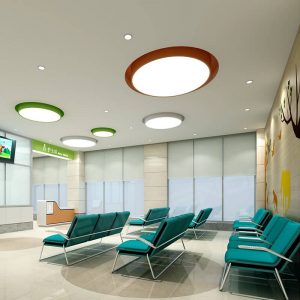Medical furniture and household furniture are both a kind of furniture, but they are different in several aspects:
1. The color selection is different. Due to the different places used, the color requirements are different.
2, the selection of materials is different, because of the different role, so the requirements are different, household furniture is generally tide resistance, high and low temperature resistance, fire resistance is worse than medical furniture. –
3, manufacturing requirements are different. Furniture is generally beautiful and practical, while medical furniture requires good material, durable and convenient disassembly and assembly.

The difference between hospital furniture and ordinary furniture
1, ordinary furniture: mainly pay attention to the decoration related to personal and family numerology, pay attention to the orientation of furniture decoration, and then cooperate with the decoration.
2. Hospital furniture: it is mainly designed and arranged according to the functions and medical procedures of different departments to improve work efficiency and prevent infection.
The design difference between hospital furniture and ordinary furniture
1, ordinary furniture: mainly with diversified colors, trendy, flexible.
2. Courtyard furniture: In addition to the design with the above characteristics, its design concept is more diversified, mainly to fully meet the special effects of different departments for the purpose of design.
The material difference between hospital furniture and ordinary furniture
The material of hospital furniture is more environmentally friendly than ordinary furniture, and on this basis, it should be resistant to chemical reaction, to ensure anti-corrosion, moisture, fire and mildew, the most important point is to have anti-infection effect.
The style difference between hospital furniture and ordinary furniture
Ordinary furniture is mainly to match the interior decoration style, hospital furniture is mainly to match the hospital’s overall architecture, indoor space environment and other multi-directional and multi-angle architectural design style integration.
